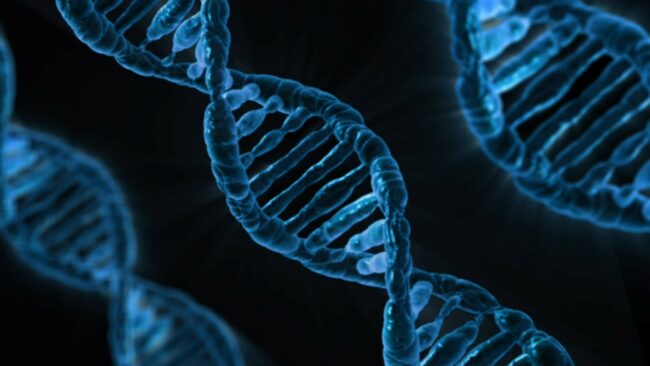When the first living cell was formed in the hydrothermal vents, the code of life was written. 3.8 billion years later, all of us – bacterium to humans – share the same code. This is essentially your DNA, with instructions to make all the proteins in your body to sustain a functional life; every organism on Earth shares this code. Scientists at Harvard, however, have now rewritten this code and produced a new life form.
To understand this, first we need to comprehend how this code itself forms life. We have 30 trillion cells in our body, each of which (the nucleated ones of course) produce proteins to maintain the structural and functional integrity. DNA is similar to a recipe book with instructions to make these necessary proteins. It’s made of four nitrogenous bases: Adenine (A), Guanine (G), Cytosine (C) and Thymine (T) (T is replaced with uracil (U) in an mRNA). During the production of a protein, this DNA is first converted into an mRNA which are read in 3 lettered segments called codons, each corresponding to an amino acid, the building block of protein1. Thus, if the code reads GCC, amino acid alanine will be incorporated. With 4 letters, 64 codons are possible – yet only 20 naturally occurring amino acids exist. Hence, most of these codes are redundant: amino acid serine corresponds to four codons, UCU, UCC, UCA and UGC. This is constant throughout the living world.
But now, scientists have eliminated these overlapping codons by recoding the genome of Escherichia coli (E. coli). They have removed 7 of these redundant codons across 3548 genes by changing 62,214 base pairs in the genome 4 million base pairs in size. Surprisingly, these recoded bacteria were viable. These changes were incorporated by synthesising the DNA and rebuilding the entire modified E. coli genome in the laboratory2.
Testing all the artificial genes and combining them to create a completely new form of organism is yet to be done. But this is a major step towards the creation of genomically recoded organisms or GROs. These GROs have a different genetic language: if AGG codes for arginine in present living organisms, it will code for a completely different amino acid in the GROs. Thus, while the letters are the same, words have different meanings in their genetic language.
There are many significant applications of this, such as virus resistance. Viruses speak the same genetic language as we do; hence, when they hijack a cell, they can easily incorporate their own DNA into the host cell to create more viruses. As these GROs have a completely different dictionary, the viral genetic code will be rendered useless if incorporated into their genome. This might lead to farm animals and plants that are resistant to all kinds of viruses.
Secondly, these GROs can be used to produce biochemicals. Currently, over 150 unnatural amino acids are produced chemically in labs; they are used to expand the functions of proteins and are even used in medications. These GROs can be recoded to synthesise all these unnatural amino acids.
This all may raise safety concerns – what if these viral-resistant GROs escape into the environment, mixing with natural life? However, GROs couldn’t survive in the wild: their essential proteins have been redesigned, containing certain unnatural amino acids that they cannot survive without.
This development in GROs can take genetic engineering to the next level, opening many new possibilities – from virus-resistant farm animals to laboratory-grown human organs.
Edited by Sarah Spence
References
- Useful diagrams illustrating this can be found here: https://commons.wikimedia.org/wiki/File:Protein_synthesis_(editors_version).svg#/media/File:MRNA.svg
- You can find the study here: http://science.sciencemag.org/content/353/6301/819

